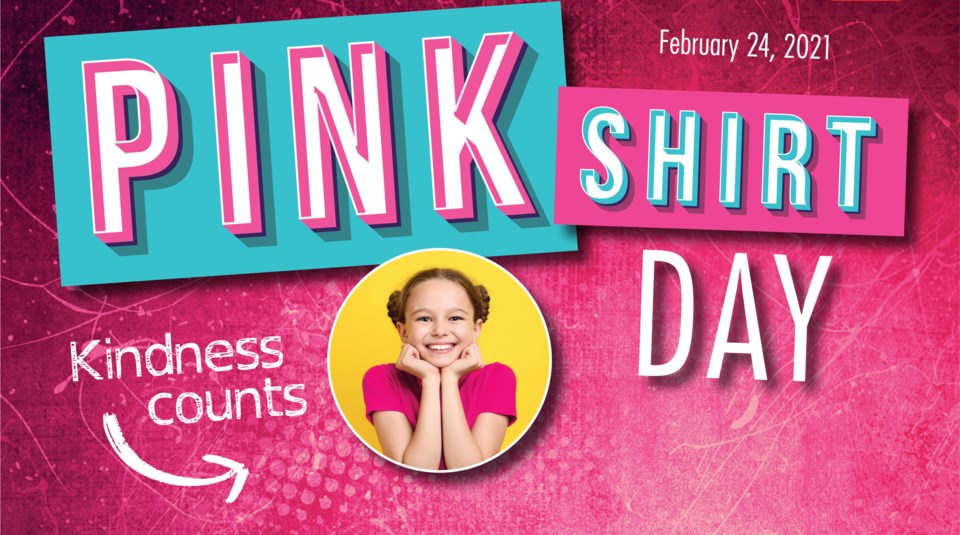Whether it occurs via social media, text messaging, online games, email or other online platforms, cyberbullying can take a variety of forms. Here are some examples of it to help you and your teen recognize bullying behaviours.
• Sending someone mean, insulting or threatening texts or private messages online
• Spreading secrets or rumours about someone online or by text message
• Making rude comments or being mean to someone in an online game
• Creating a Facebook page or social media account to ridicule someone
• Sharing or posting intimate photos of someone without their permission
• Deliberately excluding someone from a group message thread with mutual friends
• Impersonating someone online to spread hurtful or embarrassing messages
• Participating in online polls that rate or rank people based on their appearance
• Sharing embarrassing information, photos or videos of someone online or via text
• Encouraging someone to harm themself in a private message or on social media
• Hacking someone’s social media or online gaming account to send hurtful messages
• Tricking someone into revealing private information then forwarding it to others
• Writing untrue, rude or threatening things in online chat rooms or comment sections
Finally, remind your teen that forwarding, sharing or liking hurtful posts online makes them part of the problem. Encourage your teen to stand up for victims of cyberbullying and reach out to a trusted adult if needed.





